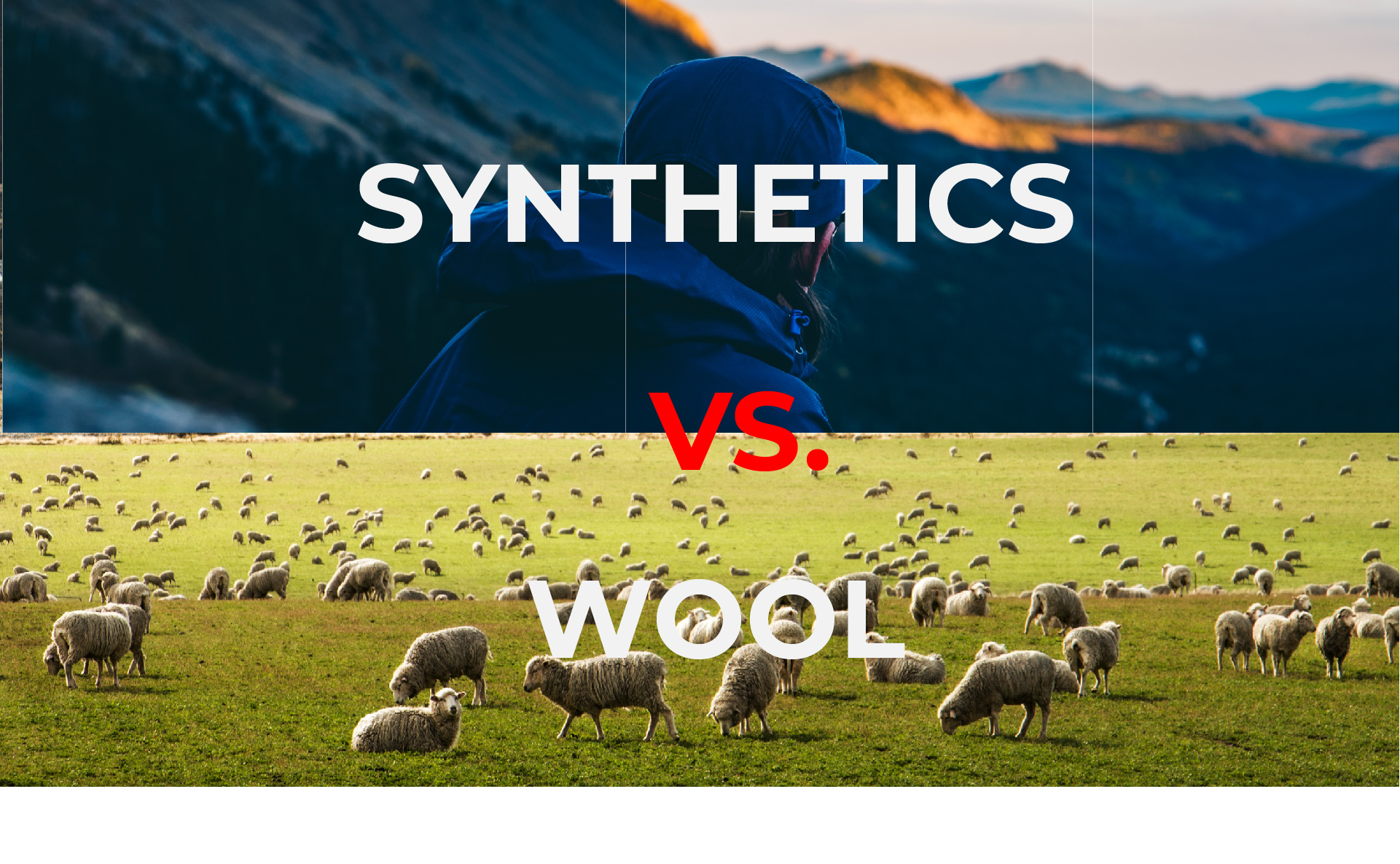Wool vs Polyester base layer | THLETE Whitetail Deer Hunting
Sep 2nd 2018
The real title should be wool vs. synthetics, but the synthetic market is so diverse that we had to choose a more accurate target. The two most popular base layer fabrics could not be any more different. I’m sure that most of you have experience with synthetics, but merino is often overlooked due to price. In the simplest of terms, I will break down both of them and let you be the judge. Merino wool and polyester base layers
Merino wool and polyester base layers
Synthetics are engineered plastics that have a much more attractive price point and are very durable. They also tend to have superior dry times when compared to the natural characteristics of wool. Another benefit of synthetic base layers is washability. The durability of the fabric will hold together over the life of the product which is a very nice attribute. The downside of synthetics is that when they are wet, you will chill. Poly and nylon will not hold heat like wool if the garment is damp. Also, synthetics tend to “stink up” and can even feel clammy after use. That is a big time bummer if you find yourself on the up-wind side of a 150″ whitetail.
Wool is significantly warmer and requires more attention to detail (care and wash). Experienced hunters that endure cold climates tend to prefer the natural warmth attributes of wool even though it is innately harder to care for. Merino also has high wicking characteristics and will dry quickly if damp. On top of that, merino holds heat when wet which can be a life saver if things get hairy. The last significant attribute is odor retention. Merino will not hold odor while synthetics tend to stink up a bit after use. For hunting, this is a crucial characteristic which in my opinion tilts the scale to merino for outdoor wear. However, even merino is not a wonder fiber. A very small percentage of people find merino to be itchy due to a wool allergy and the price point is very unattractive to many.
Mix it up:
The latest trend in outdoor base layers is blends. It is very common to see apparel that consists of a merino/nylon blend. For some, this is the best of both worlds. The wearer is sacrificing a bit or warmth for greater garment durability. Personally, I still prefer 100% merino if given an option, but the durability of a blended fabric definitely has appeal for rugged back-country use.
Personally, I feel that both have their respective place in the hunter’s arsenal. I prefer 100% wool when the temps dip below 50 degrees. Staying warm is paramount to me and nothing beats the feel and warmth of 100% merino. From mid-summer scouting and early season high exertion hunts, the breathability of synthetics definitely can be very usefull. The price and durability of synthetics are attractive but if taken care of, a natural fiber garment (merino) will last a lifetime. Wool insulates when damp and it’s hard to deny the inevitable fact that it does not retain odor. For me, as a hunter, merino takes the cake in this debate. Merino against the skin is as good as it gets. On the other hand, if you want a shirt that you can beat the hell out of, toss it in the washing machine and dry it on whatever setting your wife left the dryer at, polyester or nylon may be better for you.
Share:

